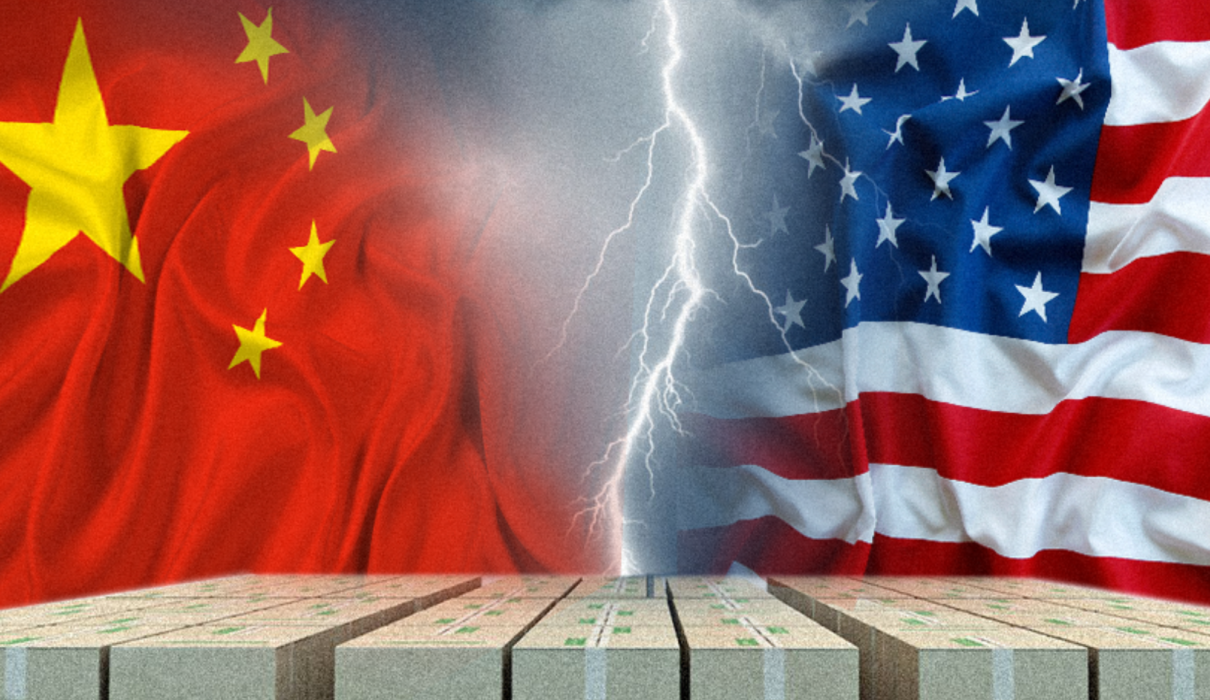The specter of another U.S.-China trade war looms large as Beijing issues a sharp warning against former President Donald Trump’s proposal to impose 50% tariffs on Chinese imports. Chinese officials have labeled the potential move as “economic coercion” and vowed to take “all necessary countermeasures” if the policy is enacted.
The threat comes as Trump, now a leading contender in the 2024 U.S. presidential race, revives his hardline stance on trade with China. During his first term, Trump’s tariffs on $370 billion worth of Chinese goods triggered a prolonged trade conflict, disrupting global supply chains and raising costs for businesses and consumers.
China’s Ministry of Commerce stated that such extreme tariffs would “severely damage bilateral trade relations” and harm American consumers by increasing prices on electronics, machinery, and consumer goods. Analysts warn that a 50% tariff could force companies to accelerate supply chain diversification away from China, reshaping global trade patterns.
The Biden administration has largely maintained Trump-era tariffs but avoided further escalation. However, with the election approaching, trade policy is becoming a key battleground. Some economists argue that aggressive tariffs could backfire, fueling inflation and hurting U.S. industries reliant on Chinese imports.
Global markets are bracing for volatility as tensions rise. If Trump returns to office and follows through on his tariff threats, China’s retaliation could include export restrictions, sanctions on U.S. firms, or even a sell-off of U.S. Treasury bonds—a move that could destabilize financial markets.
As both nations dig in, businesses worldwide are preparing for potential disruptions, signaling that the next U.S. president’s trade policies could redefine the global economic landscape.

